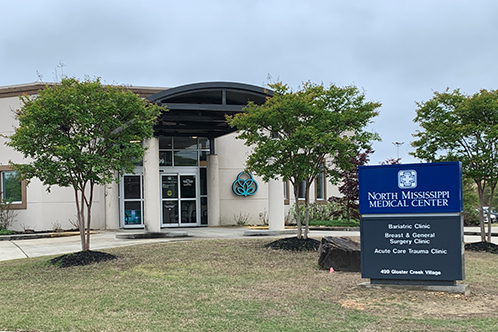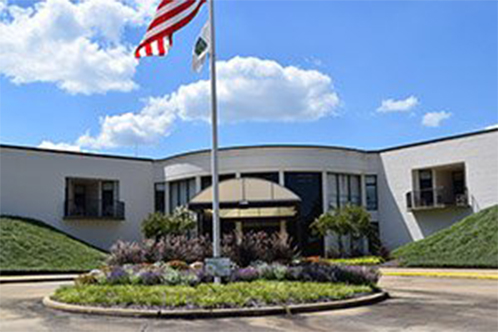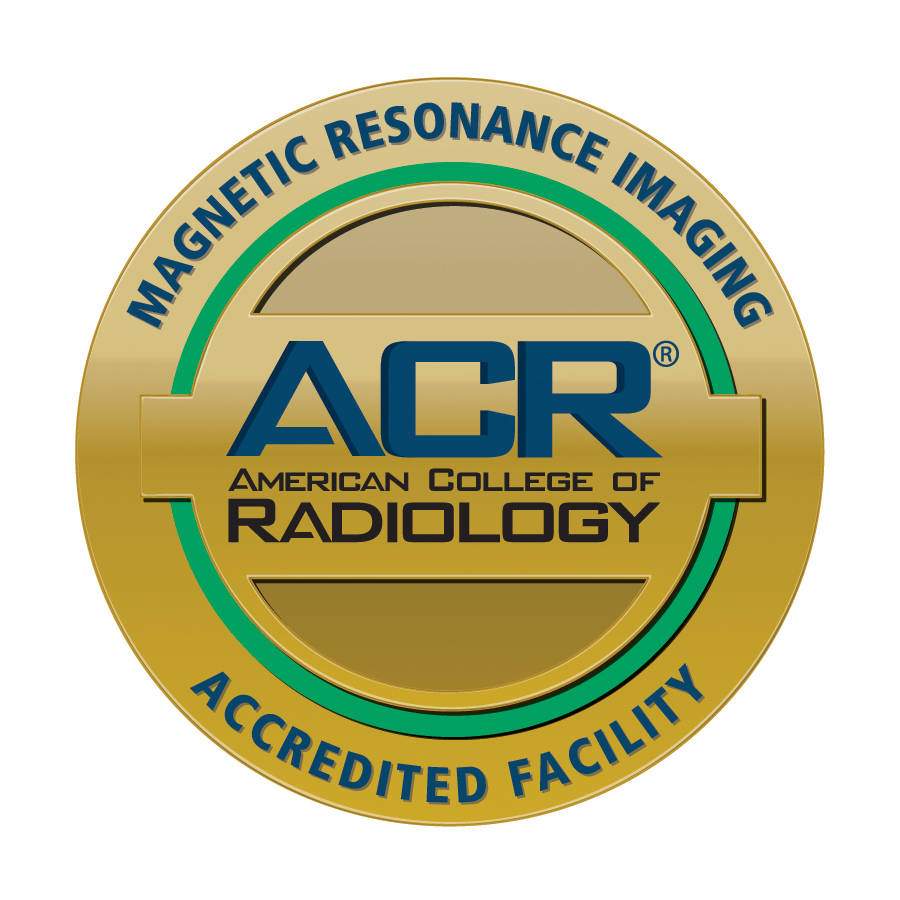Schedule your mammogram today

Non-Cancerous Breast Condition
A fibroadenoma is the most common solid nodule or lump found in the breast. It is not cancer and will not turn into cancer. The NMMC Breast Care Center can assist in managing this condition.
Fibroadenomas are comprised of normal elements found in the breast tissue ("fibrous") and glandular tissue ("adenoma").
It is not uncommon to have more than one fibroadenoma.
Most fibroadenomas form while a woman is in her 20s or 30s, sometimes in her 40s.
They can grow slightly from year to year, stimulated by hormones.
A fibroadenoma will not disappear by itself.
They are not know to be related to any particular diet or medical condition.
When nodules are found by physical exam or mammography, often the use of high-resolution breast ultrasound can establish its diagnosis with better than 98% certainty.
This requires that an additional step be taken to verify the diagnosis. Because some patients (and their physicians) are uncomfortable with the 2% chance that the ultrasound diagnosis is inaccurate, different approaches can be used to establish the diagnosis. Essentially, there are three options to establish the diagnosis, with different advantages and disadvantages:
Observation every six months for two years with mammography
Needle biopsy where tissue or cells are removed with a hollow needle
Surgical biopsy where a surgeon makes a cut or incision in the breast to remove tissue
Treatment Options
A small fibroadenoma, which has been monitored through mammography for two to three years and cannot be felt, generally needs no particular treatment. A large fibroadenoma, which can be felt in a young patient, is generally removed with surgery because it will only get larger, not smaller.
Related Locations
Upholding high standards for comprehensive breast care
Patient Stories

Mammograms Are Not Optional
Paige McFall was determined to beat her aggressive breast cancer.

‘I Thought What I Found Would Go Away, But it Didn’t'
Like many busy women, Debbie Cochran put off getting her annual mammogram.

‘I Was Fortunate to Catch it as Early as We Did’
If Anita Monroe had put off her mammogram, her prognosis would not be so positive.

‘If Something Is Not Right, Get Checked’
Shirlette Judon celebrating 16 years as breast cancer survivor

Mammograms Are Not Optional
Paige McFall was determined to beat her aggressive breast cancer.

‘I Thought What I Found Would Go Away, But it Didn’t'
Like many busy women, Debbie Cochran put off getting her annual mammogram.

‘I Was Fortunate to Catch it as Early as We Did’
If Anita Monroe had put off her mammogram, her prognosis would not be so positive.

‘If Something Is Not Right, Get Checked’
Shirlette Judon celebrating 16 years as breast cancer survivor
Related Resources
View AllBreast cancer screening matters. Annual screening with mammography is recommended starting at age 40 for those at average risk.

Breast Density
Breast density impacts the effectiveness for mammography and the risk of breast cancer. Supplemental screening with automated ultrasound (ABUS) along with mammography improves breast cancer detection rate.

Breast Density
Breast density impacts the effectiveness for mammography and the risk of breast cancer. Supplemental screening with automated ultrasound (ABUS) along with mammography improves breast cancer detection rate.












